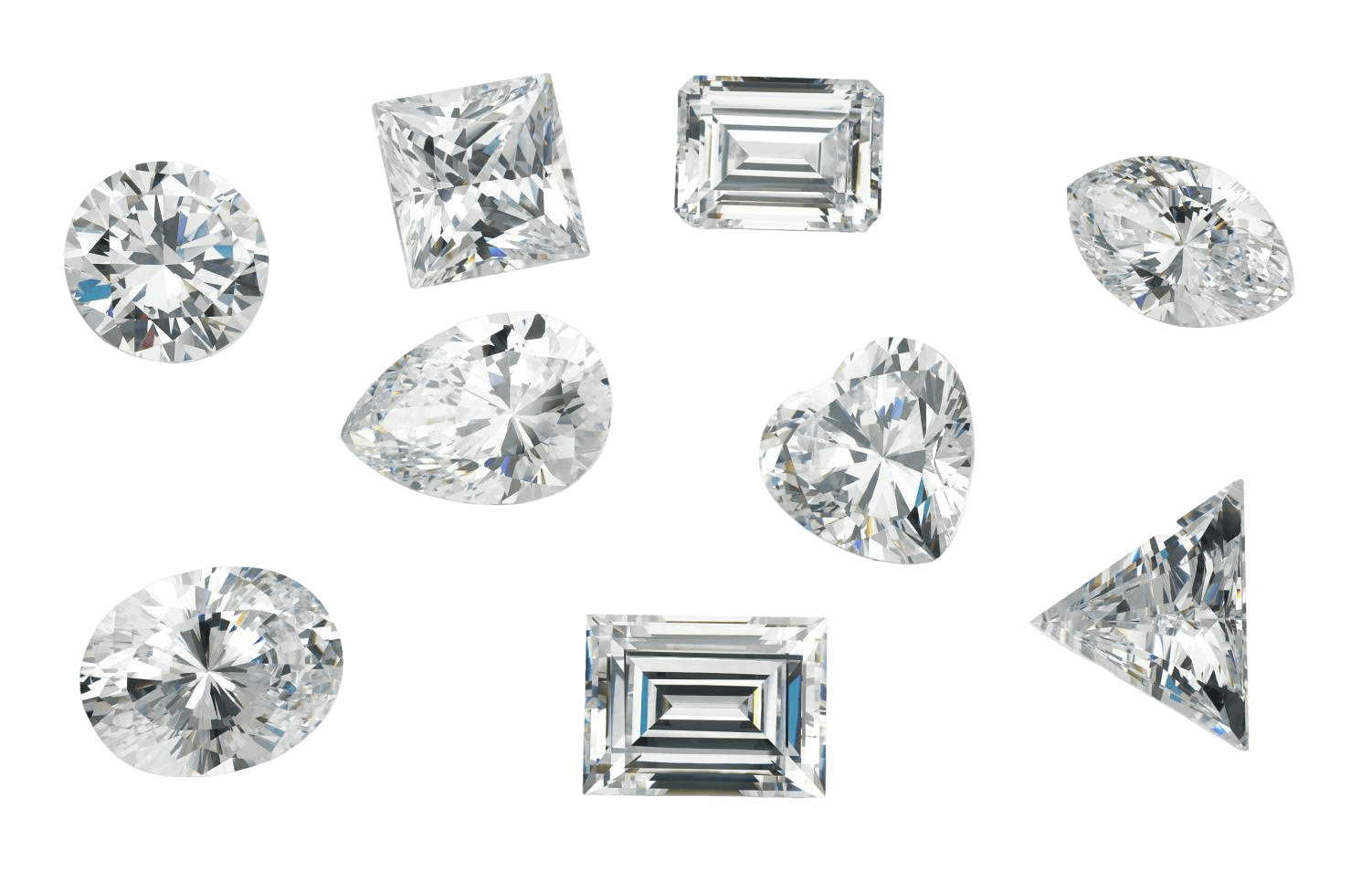History, Analysis & Explanation
The cut of a diamond is one of the most crucial factors affecting its brilliance, brightness, and value. From the traditional round cut to more modern and romantic shapes, each cut has its own history and aesthetic. Below is a detailed presentation of the most popular diamond cuts.
Round Brilliant Cut
Created in 1919 by Marcel Tolkowsky, who calculated the ideal proportions for maximum light refraction.
Features 57 or 58 facets.
The most popular diamond cut, accounting for approximately 75% of sales.
Renowned for its exceptional brilliance, it is a classic and timeless choice suitable for all occasions, perfectly complementing any ring or jewelry piece.
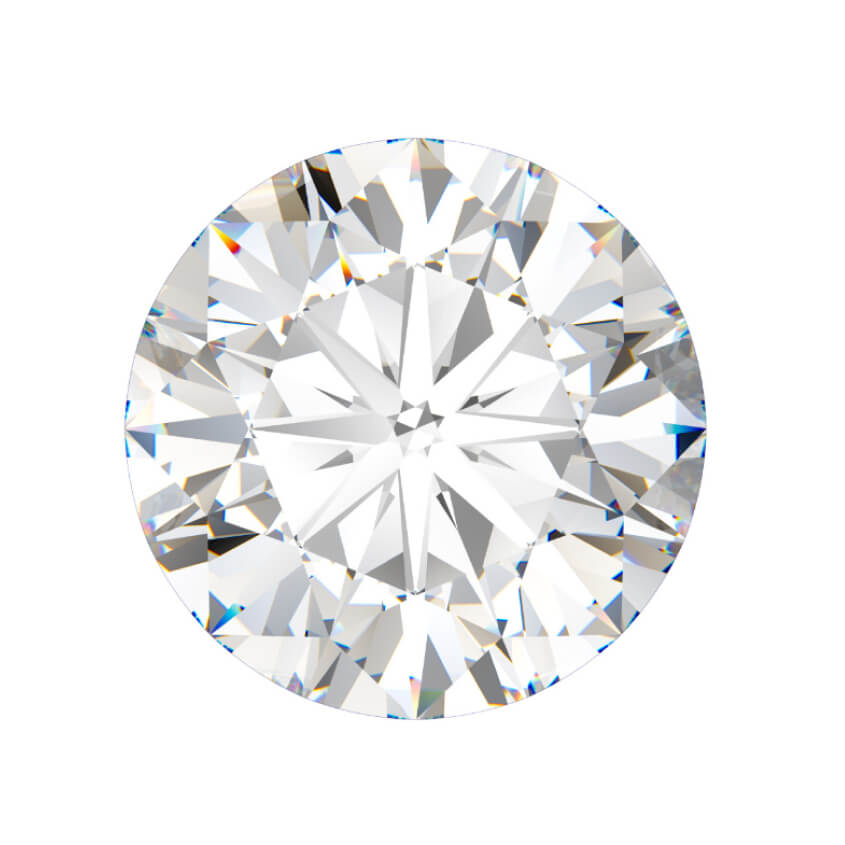
Cushion Cut
Originated in the 19th century.
A square or rectangular shape with rounded corners, resembling a cushion (hence the name).
Features 58 to 64 facets, offering a romantic appearance and vintage aesthetic.
A timeless choice with modern touches, ideal for those who appreciate a blend of tradition and contemporary style.
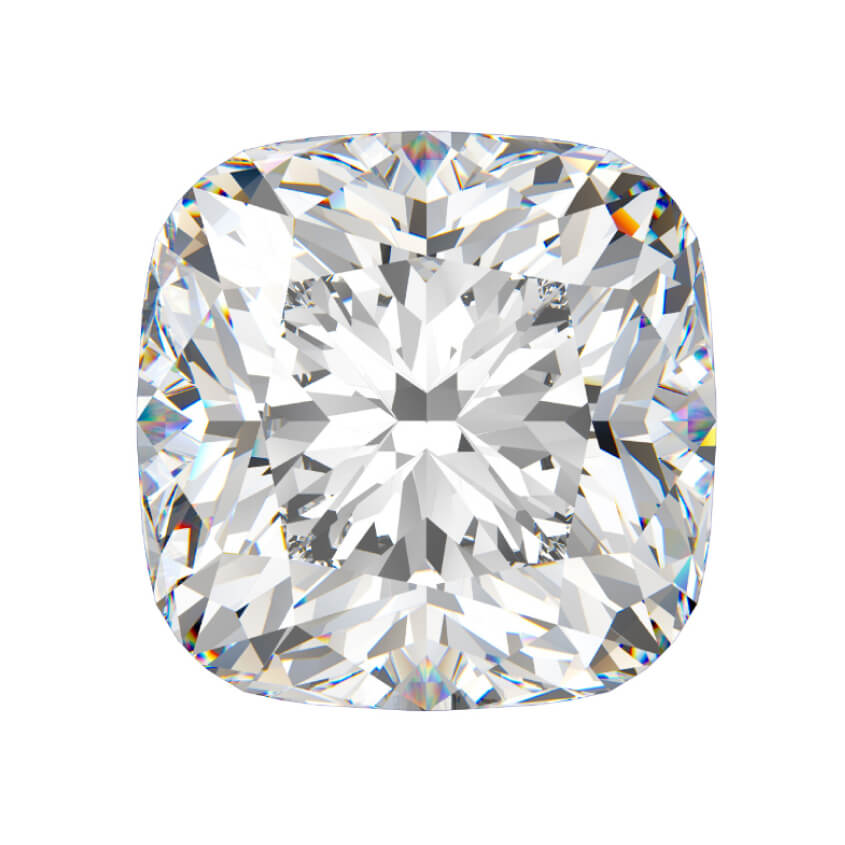
Oval Cut
Created in 1960 by Lazare Kaplan, a renowned diamond cutter.
An elongated round cut with 57 or 58 facets.
Offers elegance with brilliance comparable to the round cut, but with a modern shape.
Flattering to the fingers and particularly striking for larger diamonds.
Perfect for those seeking a sophisticated and unique alternative to the round cut.
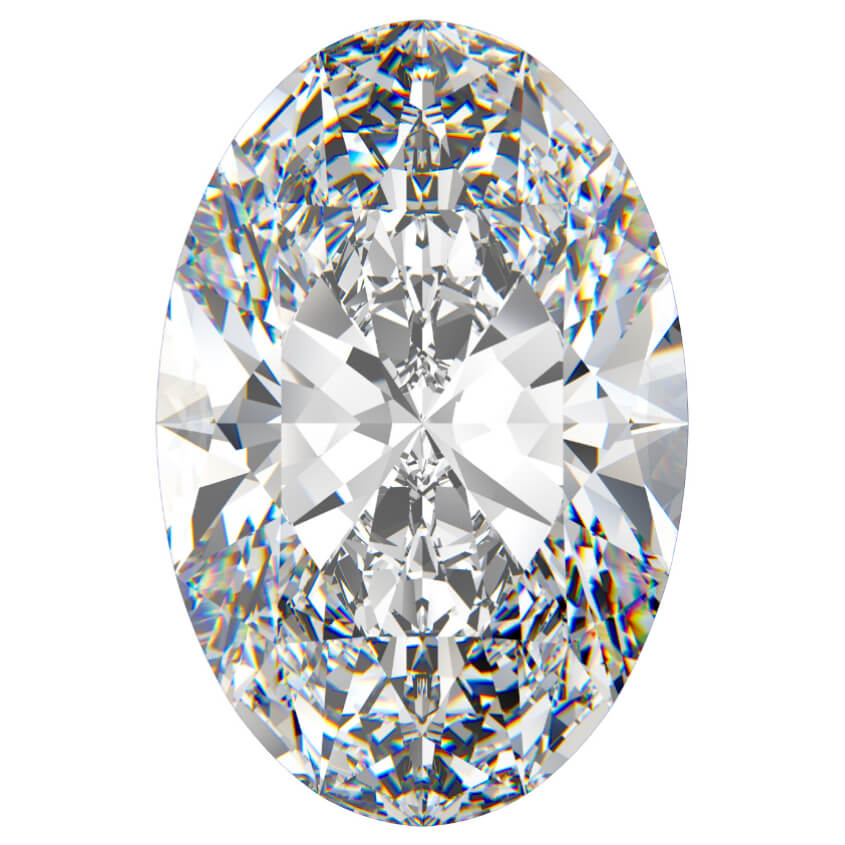
Princess Cut
Developed in the 1970s.
Features a square or rectangular shape with sharp corners.
Boasts 58 to 76 facets, creating impressive light reflections.
Known for its modern aesthetic and maximum brilliance, it is ideal for those seeking something bold and striking.
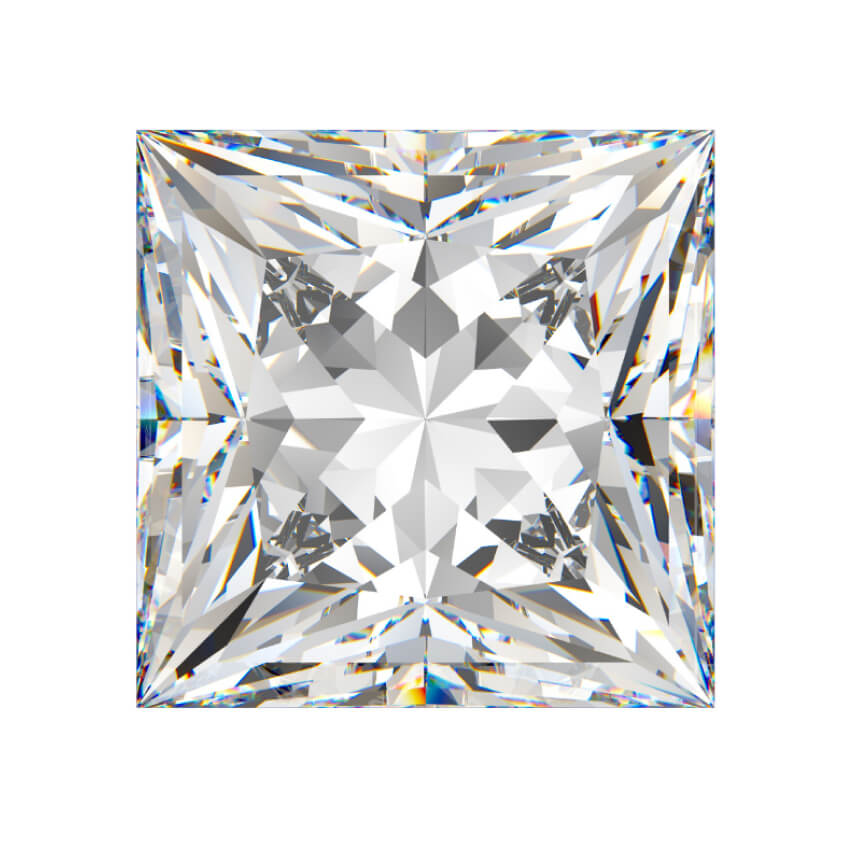
Emerald Cut
Derived from traditional emerald cuts, emphasizing clean lines and geometry.
Particularly popular during the Art Deco era (1920s).
A rectangular shape with flat facets (step-cut), highlighting the clarity of the diamond.
With its elegant and timeless appearance, it is perfect for those who appreciate simplicity and classic aesthetics.
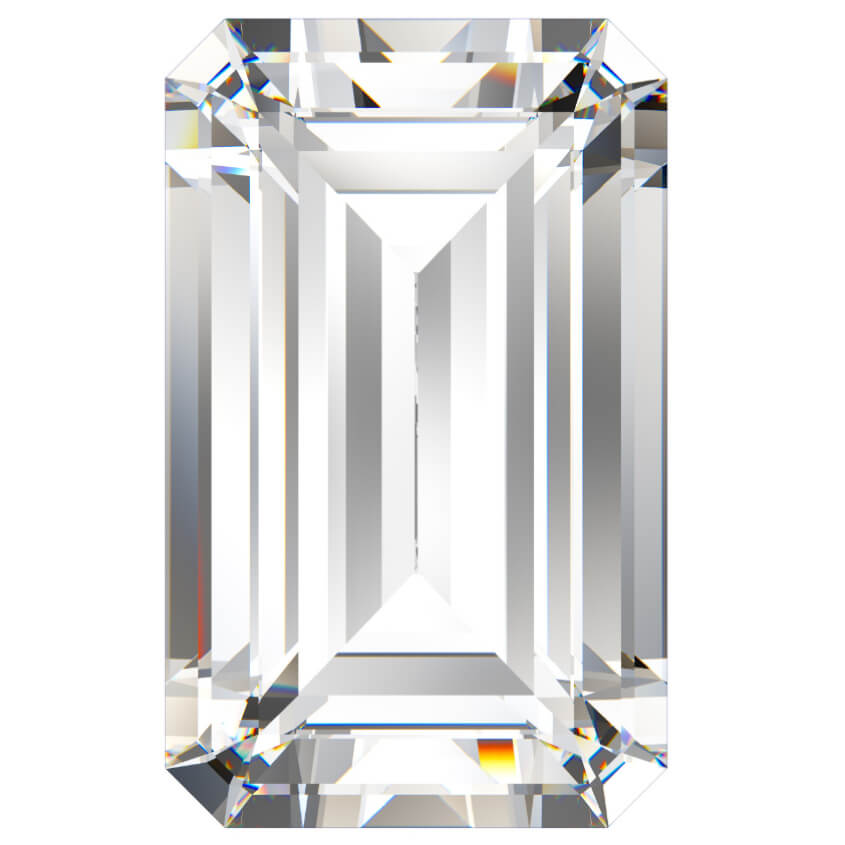
Marquise Cut
Designed in the 18th century in France at the request of Louis XV, inspired by the smile of his mistress, Marquise Madame de Pompadour.
An elongated cut with pointed ends.
Creates the illusion of a larger size and flatters the fingers.
An excellent choice for romantics and those seeking something unconventional and impressive.
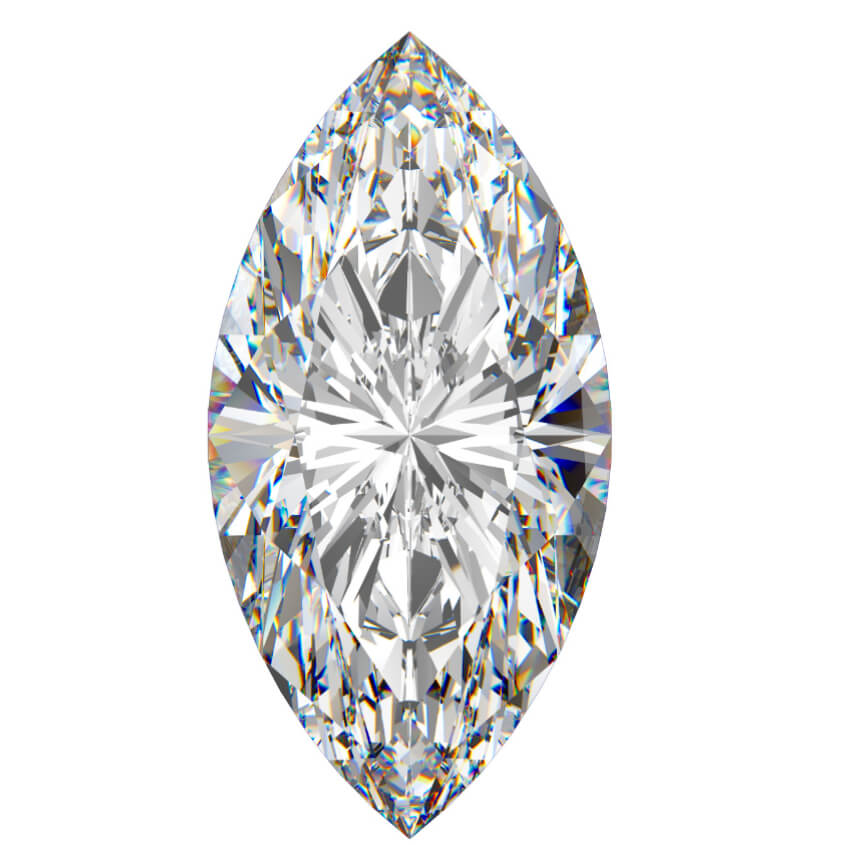
Pear Cut (Tear Drop)
Originated in the 15th century by diamond cutter Lodewyk van Bercken.
Combines the round cut with the marquise cut, creating a tear-drop shape.
Ideal for earrings or pendants due to its unique symmetry.
A graceful and versatile design, perfect for romantics and those seeking unparalleled elegance.
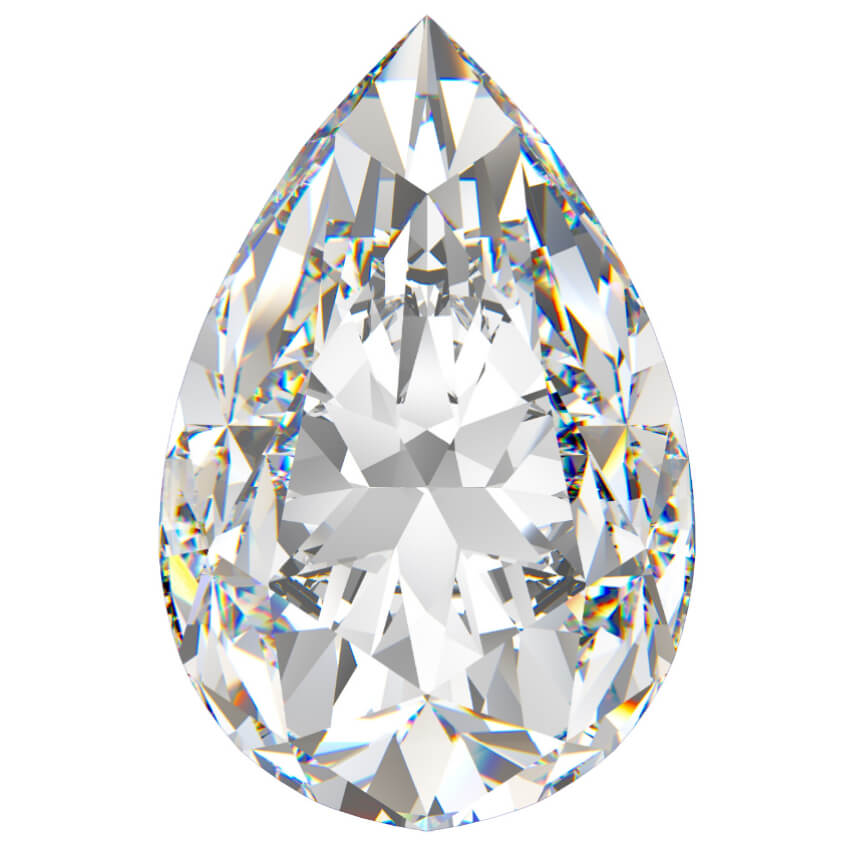
Heart Cut
A beloved choice since the Renaissance when heart-shaped diamonds were given as tokens of love.
The heart shape requires exceptional craftsmanship to maintain its symmetry.
The ultimate symbol of love and romance.
Perfect for romantic occasions, such as anniversaries or love gifts.

Expert Advice
Choosing the right diamond cut depends on your personal style and preferences. Our gemologists, Angeliki and Katerina Daskalaki, are at your service to guide you in finding the cut that best highlights your personality and creates a piece of jewelry that will last a lifetime.
